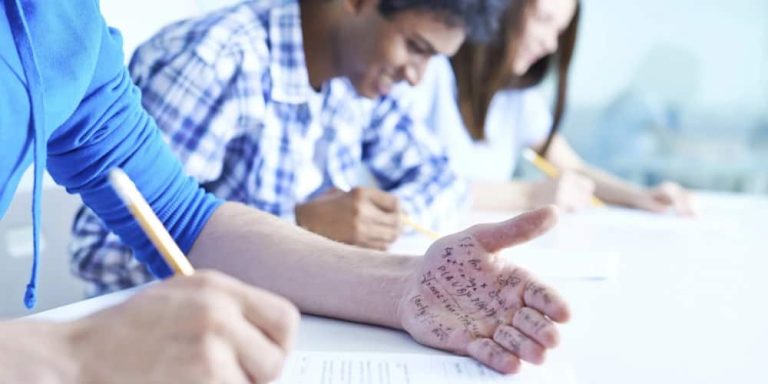10 Questions on current Electricity
What is Electricity?
Electricity is a form of energy resulting from the movement of charged particles, usually electrons. It can be generated, stored, and used to power devices like lights, fans, and machines. Electricity is a vital part of modern life and is used in homes, schools, industries, and transportation.
What is Current Electricity?
Current electricity refers to the flow of electric charge (usually electrons) through a conductor like a wire. This flow is caused by a potential difference (voltage) between two points.
There are two main types of current electricity:
-
Direct Current (DC) – where electric charge flows in one direction (e.g., batteries).
-
Alternating Current (AC) – where the flow of charge changes direction periodically (e.g., electricity from wall sockets).
Key Terms:
-
Electric current (I): The rate at which electric charge flows, measured in amperes (A).
-
Voltage (V): The force that pushes the current through a circuit, measured in volts (V).
-
Resistance (R): The opposition to current flow, measured in ohms (Ω).
Questions
1. Define power.
Power is defined as the rate at which the work is done.
2. List five applications of electric power.
Electric power is used in heating, cooking, entertainment, lighting, and healthcare.
- The unit of electrical power is ______.
- Radians
- Kilogram
- Joule
- Watt
Answer: d) Watt
Explanation: The unit of electrical power is the Watt.
-
A light bulb has a resistance of 240 Ω when lit. How much current will flow through it when it is connected across 240 V, its normal operating voltage?
-
An electric heater uses 5.0 A when connected across 110 V. Determine its resistance.
-
What is the potential drop across an electric hotplate that draws 5.0 A when its hot resistance is 24 Ω?
-
An electric iron of resistance 20 Ω takes a current of 5.0 A. Calculate the thermal energy in joules developed in 30 seconds.
-
Compute the work or average power required to transfer 90 C in one hour through a potential rise of 50 V.
-
How much current does a 60 W light bulb draw when connected to its proper voltage of 240 V?
-
An electric motor takes 5.0 A from 110 V line. Determine the power input and the energy in joules and kWh supplied to the motor in 2.0 hours.
-
A cell of e.m.f. 2 V and internal resistance of 1.2 ohms passes current through an external cell of 9 Ω. Calculate the potential drop.
-
How much will it cost the housekeeper to switch on all the appliances for 24 hrs if the cost of the electricity is 5 kobo per kWh?
1. A steady current of 0.50 A flows through a wire. How much charge passes through the wire in one minute?
Solutions
1.
Formula: Q=I × t
I=0.50A, t=60s I = 0.50A
Q=0.5×60=
Answer: 30 Coulombs
2.
Formula: I=V/R
V=240 V R=240 Ω
I=240/240 = 1.0 A
Answer: 1.0 A






